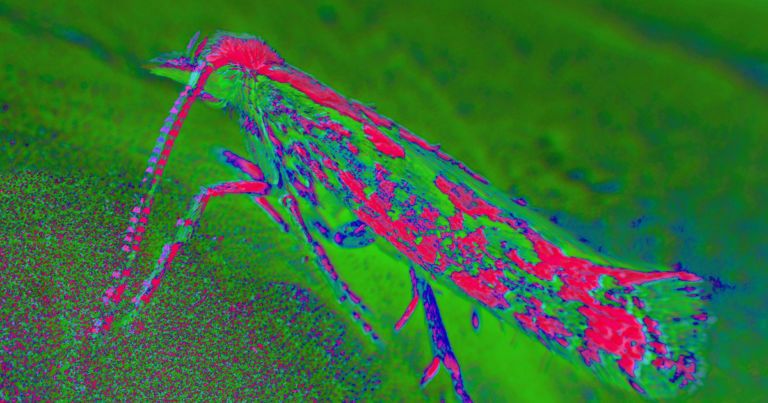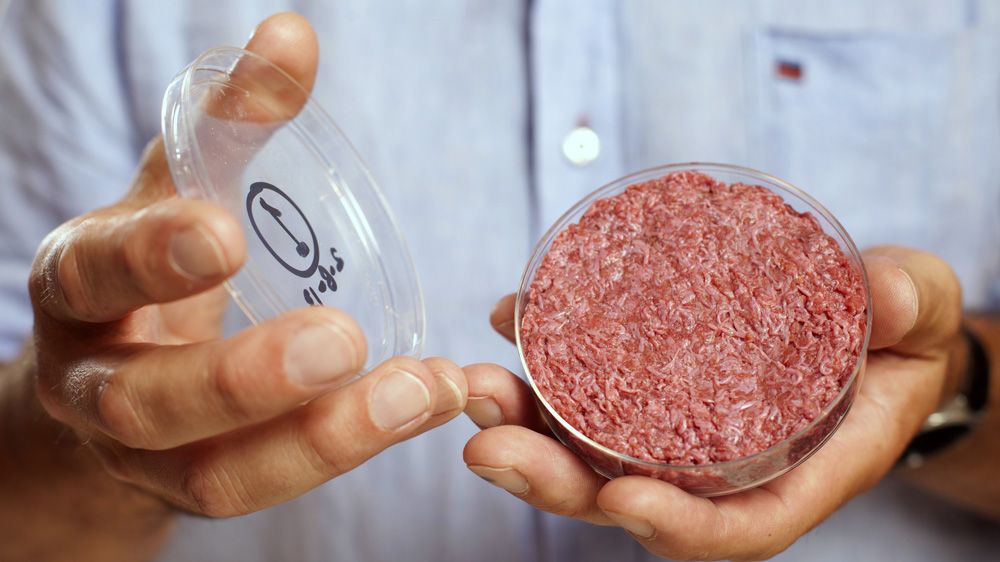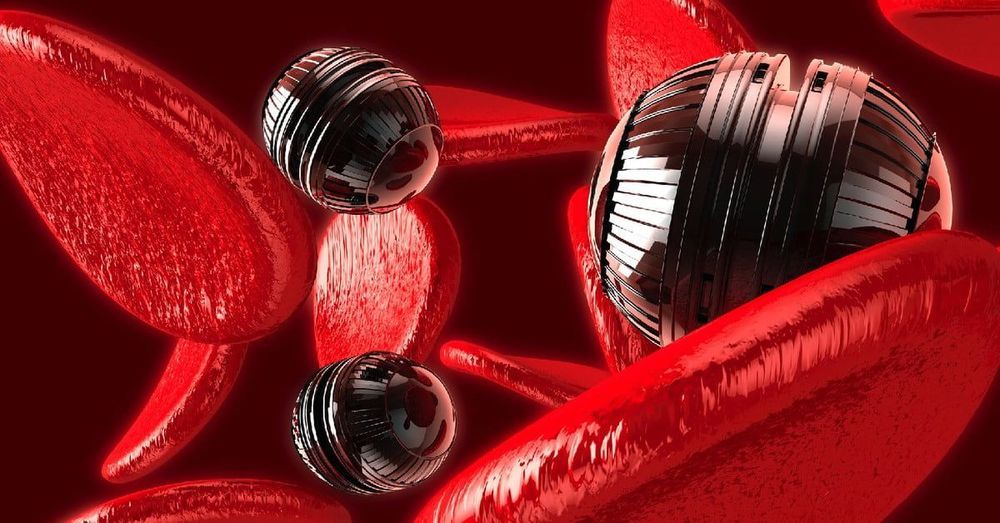Thoughts?
Despite centuries of colonization and agriculture, Cuba’s rivers are in good health.
Sugarcane and cattle farming on the island date back to the late fifteenth century. To measure water quality in Cuba’s rivers today, Paul Bierman at the University of Vermont in Burlington, Rita Hernández at the Cienfuegos Center for Environmental Studies in Cuba and their colleagues sampled water in 25 river basins in central Cuba. This is the first time in more than 60 years that scientists from Cuba and the United States have joined forces to study the island’s hydrology.
More than 80% of the samples had levels of Escherichia coli bacteria that exceeded international standards for recreational use. The bacteria are indicators of faecal contamination, and probably came from the cattle that graze on many riverbanks.






